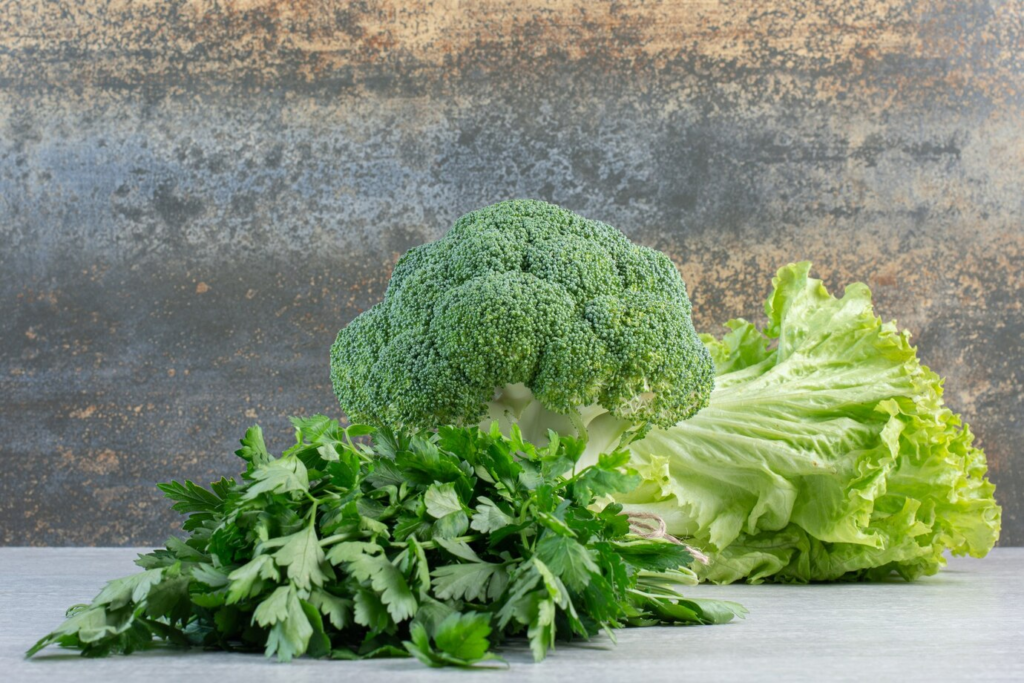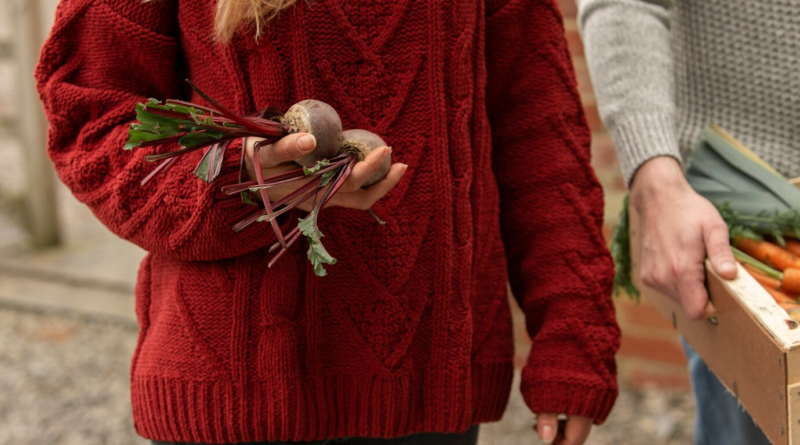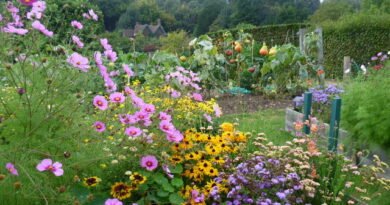December Tasks on the Allotment: Winter Prep and Planning
December may seem like a quiet month on the allotment, but it’s an important time to prepare for the season ahead. As temperatures drop and growth slows, now is the perfect opportunity to get your plot in order, protect your crops, and plan for the future. Whether you’re tidying up, improving your soil, or dreaming about spring planting, there’s plenty to keep you busy. Here’s a guide to essential December tasks on the allotment, written with a cosy mug of tea in mind.
Protecting Winter Crops
Winter crops like kale, leeks, parsnips, and Brussels sprouts thrive in cold weather, but they still need a helping hand when frost or snow sets in. Taking a few precautions now can keep them safe and productive through the worst of the winter.
- Frost Protection: Use garden fleece or cloches to cover delicate crops. These simple barriers can protect against frost damage and keep leaves from getting too wet and heavy in persistent rain. If you’ve got a polytunnel, check it’s secure and repair any tears to keep the worst of the weather out.
- Mulching: Spread a thick layer of organic mulch, such as straw, compost, or well-rotted manure, around the base of overwintering crops like garlic and onions. This helps insulate the soil, regulates moisture levels, and suppresses weeds.
- Brassica Defence: If you’re growing brassicas, keep an eye out for pigeons. These hungry birds can strip your cabbages and sprouts down to nothing. Netting is the best defence—just make sure it’s tightly secured to prevent any gaps.
Tidying Up the Plot
December is a time to take stock of your allotment and get everything in order for the new year. Clearing up now can make spring feel a lot less daunting and leave your plot looking neat and inviting.
- Remove Dead Plants: Clear away the remains of summer crops and any plants that have gone to seed. Compost what you can, but be cautious with plants affected by disease, as these should be disposed of to prevent spreading problems next year.
- Tackle Weeds: Even in winter, weeds can creep in if you’re not careful. Take advantage of the quieter pace to remove them now, especially deep-rooted varieties like dandelions and docks. Cover any bare soil with black plastic, cardboard, or a thick mulch to stop weeds from taking hold during the dormant months.
- Clean and Store Tools: Give your tools some TLC while you’ve got the time. Clean off any dirt, sharpen blades, and oil hinges to keep them in good working order. Store them in a dry place to prevent rust. It’s also a good time to check on your shed and make sure it’s weatherproof and secure.

Caring for Your Soil
Healthy soil is the backbone of a productive allotment, and winter is a great time to focus on improving its quality. After a year of hard work, your soil deserves a little love.
- Dig Over Beds: If your soil is heavy clay, dig it over now to allow frost to break it down into a finer texture. This makes it easier to work with come spring. Avoid digging if your soil is very wet, as this can cause compaction.
- Add Organic Matter: Spread a generous layer of compost or well-rotted manure over your beds. Worms and other soil organisms will slowly work it into the soil, enriching it with nutrients and improving its structure.
- Green Manures: If you’ve sown green manures earlier in the autumn, now is the time to cut them down and dig them into the soil. This adds valuable organic matter and helps to lock in nitrogen.
Planning Ahead
One of the joys of December is dreaming about what you’ll grow next year. With seed catalogues arriving in the post and a bit of time on your hands, it’s the perfect moment to plan your allotment for the coming season.
- Crop Rotation: Take some time to map out where each crop will go next year. Rotating your crops reduces the risk of pests and diseases building up in the soil and ensures each plant has the nutrients it needs.
- Choose Your Seeds: Whether you prefer tried-and-tested varieties or fancy experimenting with something new, now’s the time to order your seeds. Make a list of what you’ve already got to avoid duplicates and decide on any gaps you’d like to fill. Early birds might want to start thinking about sowing seeds like broad beans and sweet peas indoors next month.
- Set Goals: What worked well this year? What didn’t? Use December to reflect on your successes and challenges, and set some goals for the next growing season. Maybe you’d like to try growing a new vegetable, improve your composting skills, or make better use of your space.

Winter Wildlife on the Plot
Your allotment is home to more than just crops—it’s a haven for wildlife too. Supporting birds, insects, and other creatures during the winter can help create a balanced, thriving ecosystem.
- Feed the Birds: Put up feeders with seeds, suet, or fat balls to help birds through the cold months. Water can be scarce in winter too, so make sure birdbaths are topped up and free from ice.
- Bug Hotels and Log Piles: Create a shelter for overwintering insects by building a bug hotel or leaving a pile of logs or stones in a quiet corner. These spaces provide a safe haven for beneficial creatures like ladybirds and lacewings.
- Leave Some Mess: While tidying up is important, leaving a few seed heads or piles of leaves can give wildlife a helping hand. For example, birds enjoy feasting on the seeds of sunflowers and teasels, while hedgehogs might appreciate a pile of leaves for hibernation.
Winter Projects
If the weather’s too bad for outdoor work, December is a great time to tackle indoor or DIY projects that will benefit your allotment in the long run.
- Build Raised Beds: If you’ve been thinking about adding raised beds to your plot, now’s the time to get building. Raised beds improve drainage, make weeding easier, and can extend the growing season by warming up faster in spring.
- Label Your Seeds: Organise your seed packets and make sure they’re clearly labelled. Consider creating a seed calendar to remind you when to sow each variety.
- Plan New Features: Fancy adding a compost bin, a water butt, or a wildlife pond to your allotment? Use the quiet winter months to research and plan your next big project.

Embrace the Winter Pace
December on the allotment is less about frantic activity and more about preparation and reflection. It’s a time to step back, take stock, and focus on small, meaningful tasks that pave the way for success in the coming year. The pace slows naturally with the shorter days and colder weather, giving you the opportunity to connect with your plot in a more relaxed and thoughtful way. Whether you’re tidying up the beds, setting out food for the birds, or leafing through seed catalogues with a cup of tea, each action you take now helps to set the stage for the flourishing growth of spring.
Winter may seem like the off-season, but it’s an integral part of the gardening calendar—a quieter chapter in the ongoing cycle. The work you do now, however small it may seem, is an investment in the future health and productivity of your plot. Wrapping up warm and making the most of the available daylight can make even the coldest days feel rewarding. Take pride in knowing that you’re nurturing the soil, protecting crops, and planning ahead, all of which contribute to a thriving and beautiful garden in the months to come. Happy gardening!




